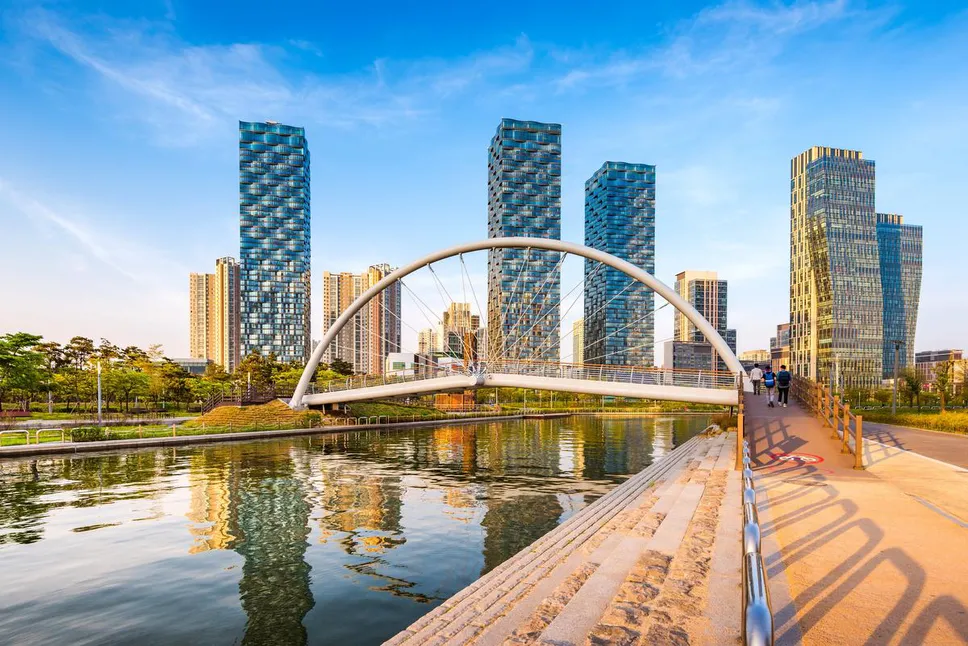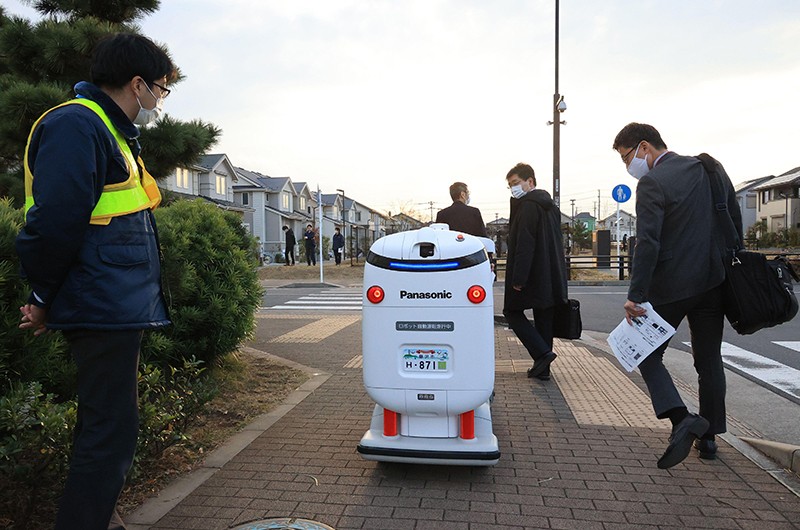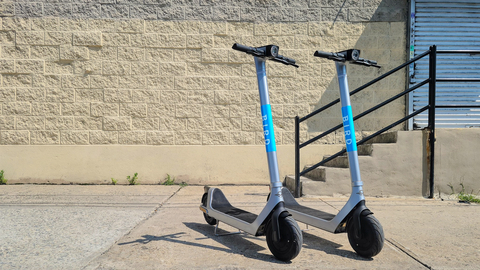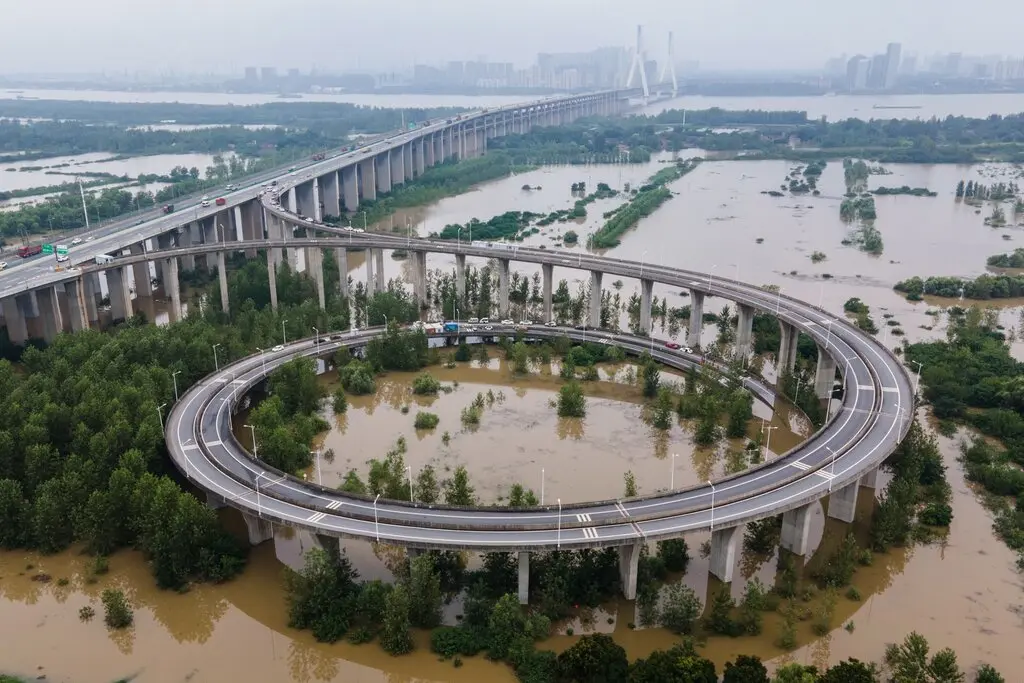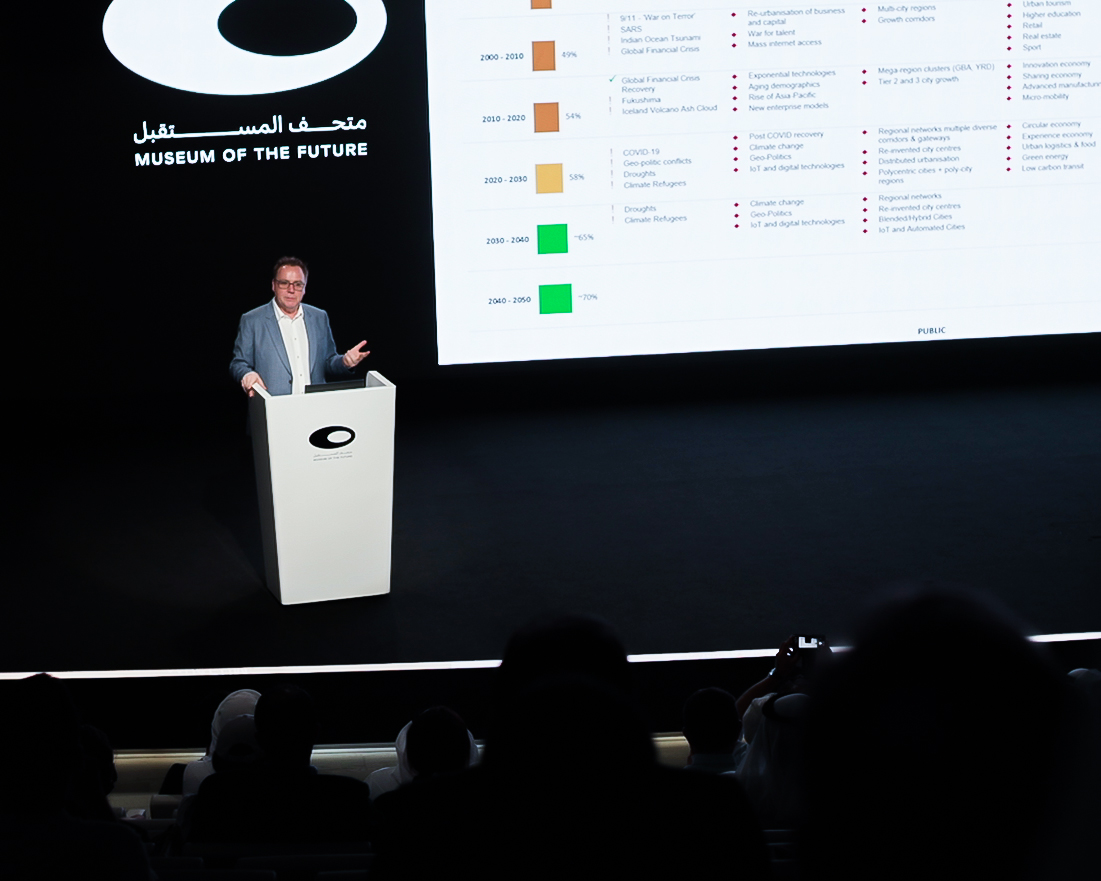
In March 2020, when the world was focused on the spread of Covid-19, Japanese sportswear company Asics unveiled its revolutionary “spikeless” spiked running shoes — an innovation with the potential to unleash a technology war in sprinting events.
In one way, the new footwear offered comforting evidence that Japan remains capable of both major technical breakthroughs and their conversion into products. But, in another, it was symbolic of the structural fortress that surrounds the country’s larger companies, holding back more disruptive innovation, and high-growth start-ups.
Asics new shoes dispense with a sole of traditional metal pins in favour of a carbon-fibre honeycomb, which the company’s research suggests can shave 0.048 seconds off a runner’s time for 100m. They are the result of a five-year research project focused on minuscule reductions in the energy consumed as spikes enter and exit an athletics track. This summer’s Olympics in Tokyo may provide a landmark test of their capabilities.
However, the innovation process itself followed a well-trodden, and less dynamic, path: established domestic companies combining their expertise. When Kobe-based Asics realised the solution might lie in a super-light honeycomb, it turned to another Japanese company, Suncorona, a textile producer in nearby Osaka, which could provide the highly advanced carbon fibre.
+INFO: Financial Express




